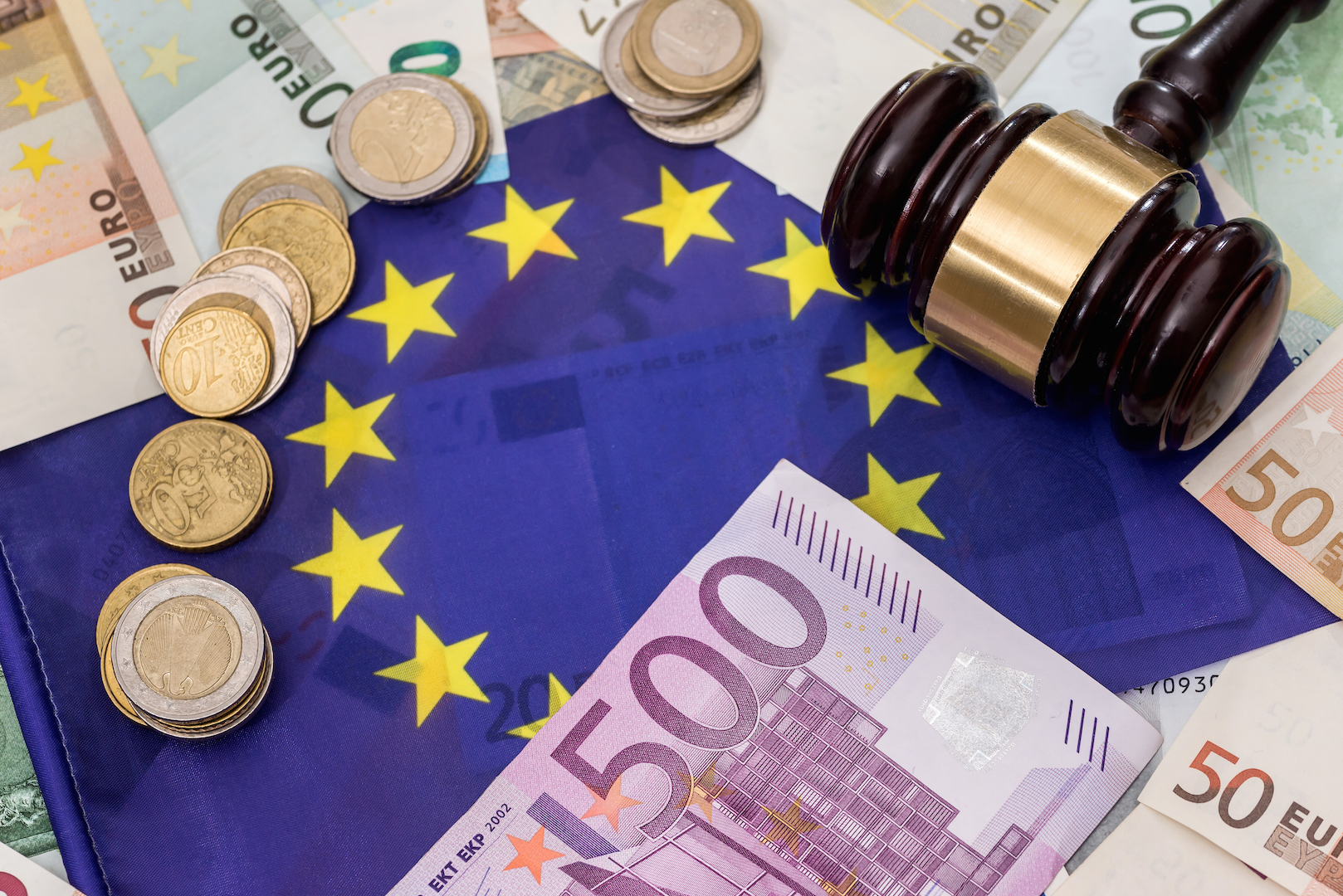
Many people are unaware that in 1986 Congress gave the U.S. vaccine industry a shield from product liability that is unlike any other in existence. In most cases, if a pharmaceutical product injures or kills a person, the manufacturer of that product can be held financially accountable in a civil court of law. With vaccines, however, this is not the case.
In the U.S., there is a federally operated vaccine injury compensation program (VICP) that Congress created under the National Childhood Vaccine Injury Act.
The VICP was created 30 years ago as an administrative alternative to a lawsuit when federally licensed vaccines recommended for children cause injury or death. Federal compensation was supposed to be awarded when there was no other biologically plausible explanation for the vaccine-related injury or death, and plaintiffs denied federal compensation or offered too little were supposed to be able to access civil courts.
However, in 2011, the U.S. Supreme Court effectively ruled that federally licensed vaccines are “unavoidably unsafe” and completely removed liability from the vaccine industry—even if it could be proven that a manufacturer had the ability to make the vaccine less reactive.
The U.S. Court of Federal Claims in Washington handles vaccine injury and death cases contested by the U.S. Department of Health and Human Services and Department of Justice in what has become known as “vaccine court.” The federal VICP compensates vaccine victims through a federal trust fund that collects a surcharge on every dose of vaccine purchased and administered, which means that vaccine manufacturers pay nothing into the vaccine injury trust fund even though they have no product liability.
To add insult to injury, government agencies and the U.S. Court of Claims deny federal compensation to the majority of vaccine-injured plaintiffs. As noted by the National Vaccine Information Center’s Barbara Loe Fisher at the Revolution for Truth Rally earlier this year:
The $3.6 billion in federal vaccine injury compensation that has been awarded to more than 5,000 vaccine victims since 1988 doesn’t begin to pay for the damage done; not when two out of three claims are denied.
A recent ruling by the highest court of the European Union, however, could change the vaccine injury compensation landscape—in Europe, at least—and the ruling has the vaccine industry up in arms over potentially being held financially accountable in European civil courts for illnesses and injuries caused by government recommended and mandated vaccines.
EU Court Rules Circumstantial Evidence Should Be Considered in Vaccine Injury Cases
In many vaccine injury cases, it can be difficult if not impossible to prove cause and effect and directly link a related injury with the vaccine, in part because such injuries may occur days, weeks or months later and also because the quality and quantity of vaccine safety studies is extremely poor. Vaccine companies and government health agencies have refused to conduct methodologically sound research into how and why vaccines cause harm and who is biologically at greater risk for being harmed.
In 2012, the Institute of Medicine (IOM), recently renamed Health and Medicine Division of the National Academy of Sciences (NAS), appointed a physician committee to review over 1,000 vaccine studies on eight vaccines routinely administered to children. For more than 100 adverse health outcomes reported following vaccination, IOM was unable to determine whether or not the vaccines caused a commonly reported brain or immune system disorder.1
In short, the quality and quantity of the scientific evidence related to a wide range of brain and immune system disorders was insufficient to make a conclusion about whether or not a vaccine causes those disorders in a previously healthy person or a person biologically susceptible to vaccine harm.
So the IOM committee was unable to confirm or deny causation for most reported poor health outcomes, such as multiple sclerosis, rheumatoid arthritis, lupus, learning disabilities and autism, following receipt of certain vaccines. This does not exonerate vaccines as being safe, but rather highlights the challenges faced when a person attempts to prove a causative link between a vaccine they’ve received and a related illness or injury.
It makes common sense that the circumstances surrounding a vaccine-related illness—such as how soon reaction symptoms began following vaccine administration, or whether the person had suffered a previous vaccine reaction or was sick at the time of vaccination and so on—would be essential pieces of evidence to consider in determining probable cause. However, few civil courts have taken this kind of clinical and circumstantial evidence seriously in vaccine injury lawsuits.
This was the case with a man living in France, whose vaccine injury case is still ongoing. The man developed multiple sclerosis after receiving three doses of hepatitis B vaccine, and he and his family believe the debilitating chronic disease was caused by the vaccination. Much of the case was based on circumstantial evidence including the timing of the onset of disease in relation to vaccination.
A lower French court ruled that the hepatitis B vaccination was the probable cause of the man’s multiple sclerosis, but that lower court decision was subsequently overturned because of a lack of scientific consensus that hepatitis B vaccine causes multiple sclerosis. Eventually, the courts needed to decide what types of evidence were admissible in the case, which brought it before the European Court of Justice (ECJ), the highest court of the Court of Justice of the European Union (CJEU).2
The ECJ ruled that “serious, specific and consistent” circumstantial evidence may be considered in vaccine injury cases, prompting a barrage of criticism from the pharmaceutical industry, doctors, public health officials and the media that it would “open the floodgates” for frivolous vaccine injury lawsuits. In Nature magazine, however, Alex Stein, a law expert at the Brooklyn Law School in New York says this is not the case:3
The court emphasized that liability claims for vaccine harm must be considered on a case-by-case basis. It also ruled that the burden of proof remained on plaintiffs (the man’s family, in this case) and that courts must consider relevant evidence from medical research.
These caveats are important, says … Stein … ‘Under this framework, credible medical evidence showing that the vaccine is safe will win the case,’ he says. ‘Those who say that the ECJ decision has opened a floodgate for multiple vaccine liability suits are therefore mistaken.’
Stein continued that the ruling may, in fact, allow for justice to be fairly served, noting, “If courts were to use scientific methods of proof in all cases in which they must determine disputed facts, they would hardly be able to make decisions and to deliver timely justice to people. Justice is generally best served when courts are free to admit whatever relevant evidence they wish and judge it on its own merits along with the rest.”4
Indeed, the EU ruling will allow for important and pertinent evidence to be considered in vaccine injury cases to conclude “the administering of the vaccine is the most plausible explanation,” including the following:5
• The time between a vaccine’s administration and the onset of a disease
• An individual’s previous state of health
• A lack of any family history of the disease
• A significant number of reported cases of the disease occurring following vaccination
Note: This article was reprinted with the author’s permission. It was excerpted and slightly modified from an article published on Dr. Mercola’s website at www.mercola.com.
References:
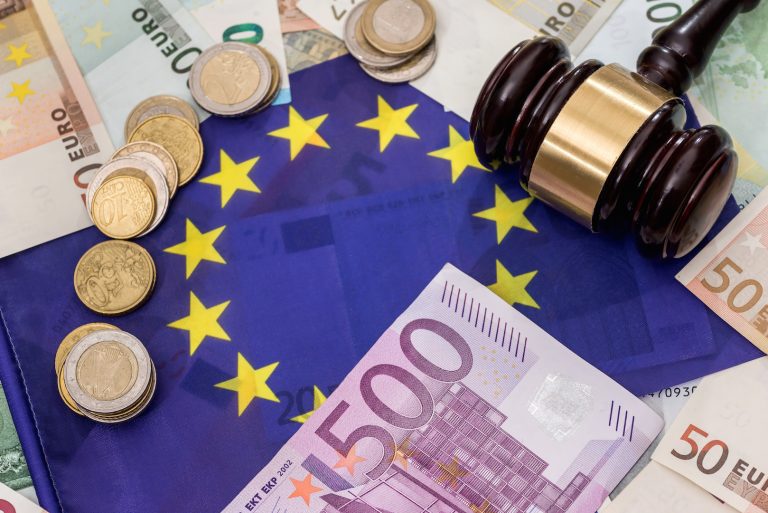
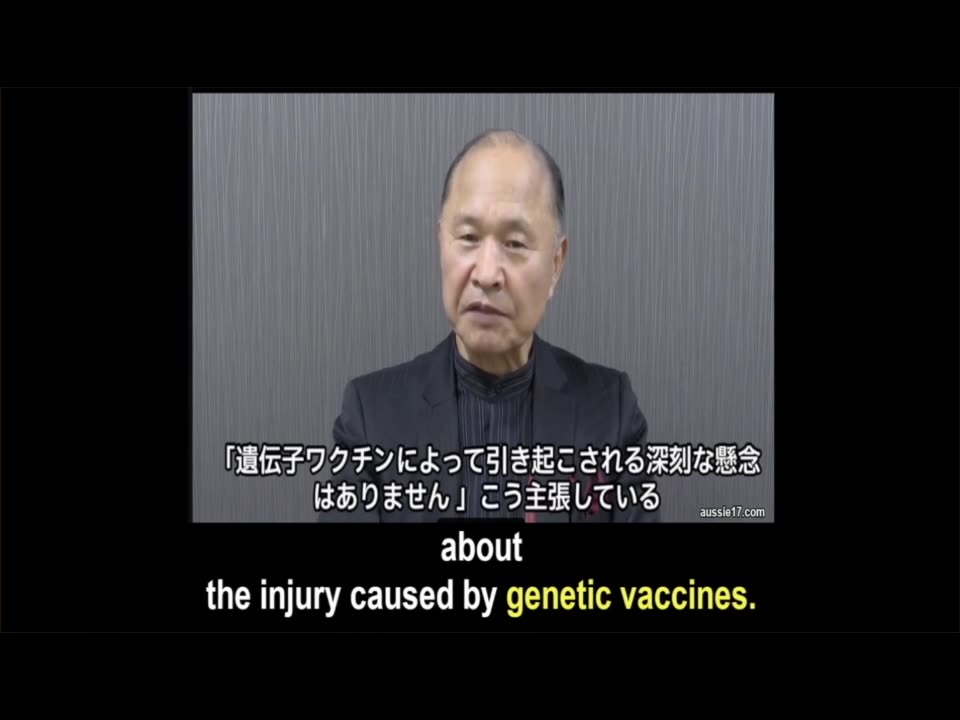




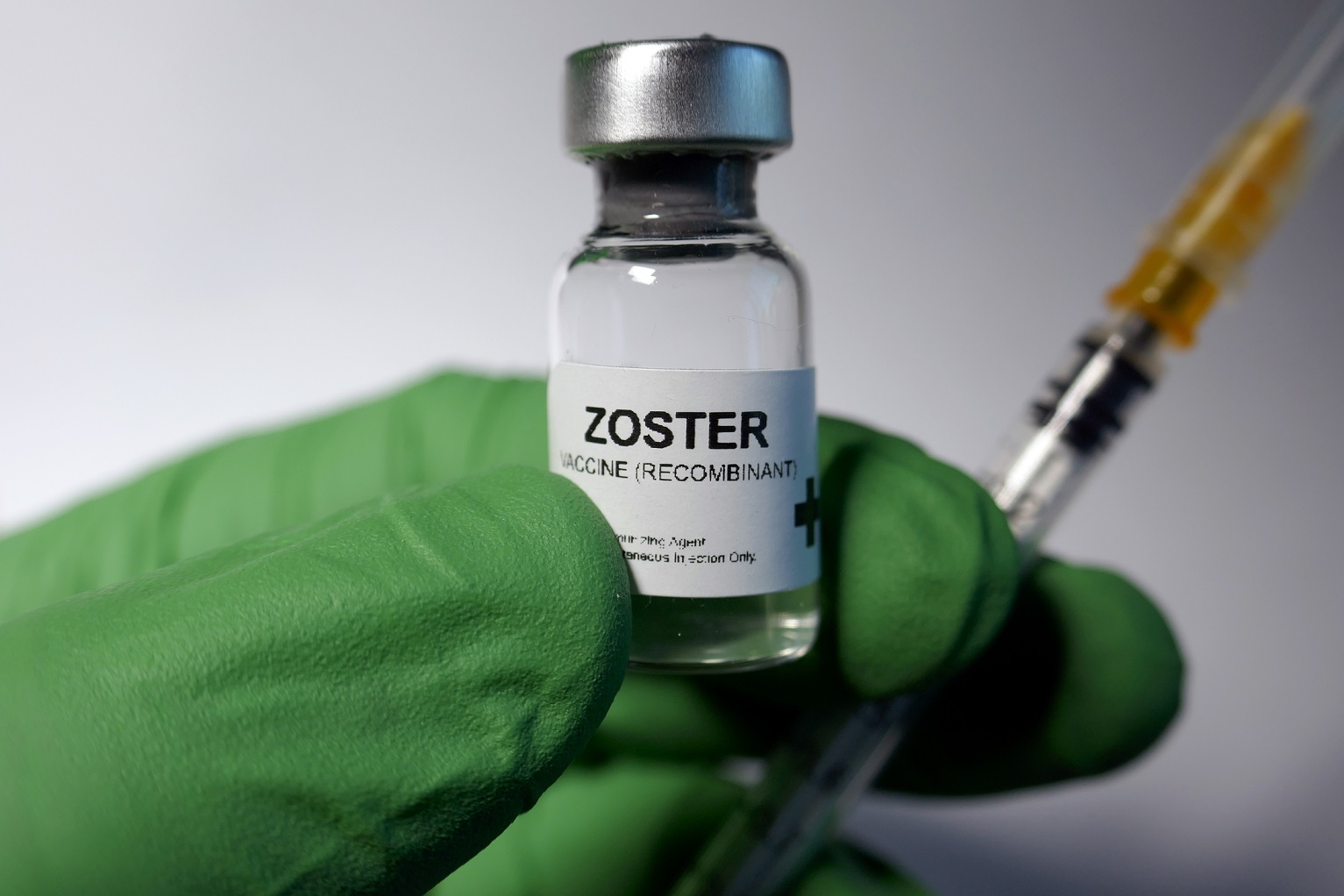


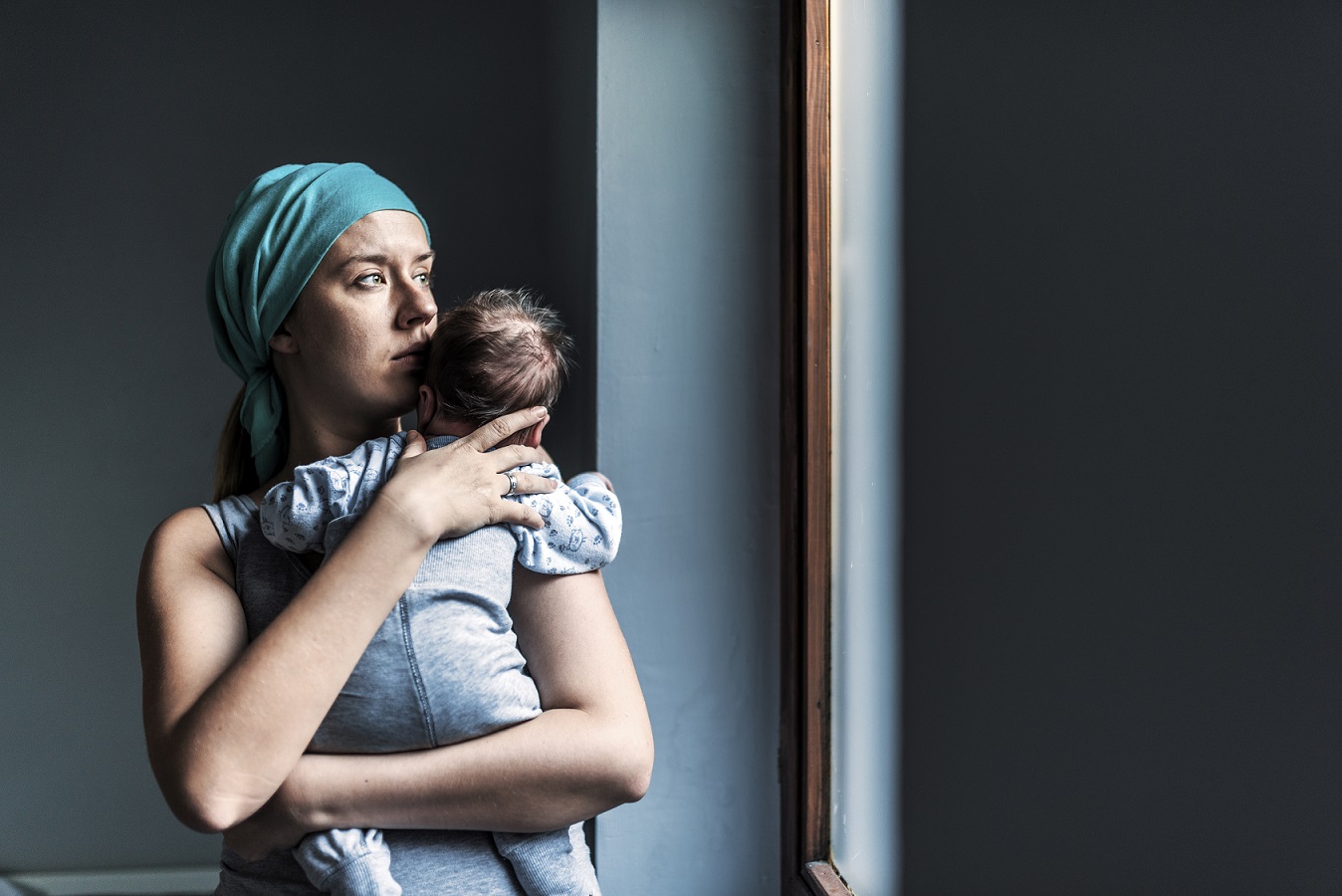



3 Responses
The European Court of Justice has ruled that courts may consider … EU court: Vaccines can be blamed for illness without scientific evidence ….. by Health Authorities and are marketed for more than 30 years.Thank this meaningful and helpful post! I am working as a creative consultant at online services that are mostly for college essay writing service. Thanks a lot for the kind of perfect topic.
The European Court of Federal Claims immunization damage and passing cases challenged by the European Court Division of Health and Human Services and Department of Justice in what has turned out to be known as antibody court. Immunization organizations and government wellbeing offices have declined to lead methodologically stable research into how and why antibodies cause damage and who is naturally at more serious hazard for being hurt.
Sadly the drug firms are still using thimerosal in flu vaccines. The name thimerosal does not show what it very is… It is mercury; a toxin to all living cells. The MMR shots for youngsters use to own ten times the quantity required for an older 10 year , however the matter was that it had been 5 and 6 year Old’s that were beginning college for the primary time. Naturally youngsters at 5 and 6 are smaller than a baby of 10 years, and don’t have any want for mercury in their bodies, at any age. Too several vaccines are being employed, only to please the profits of the drug corporations. There’s an excessive amount of clean/clean medical thinking in our society that solely weakens the system. It’s going to in the future get to the purpose wherever we’ll not be able to fight diseases, bacteria and viruses at all.